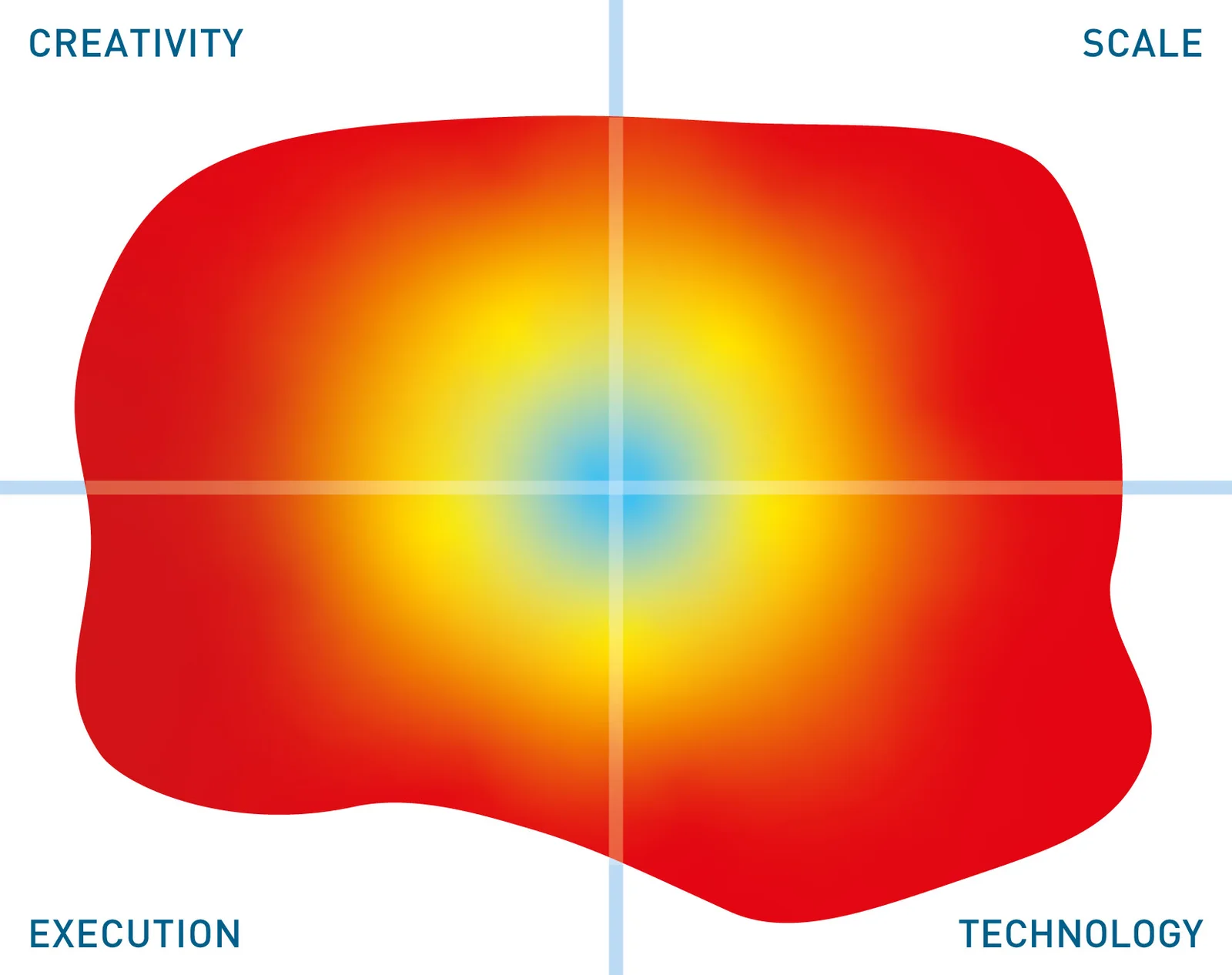Dataguise DgSecure
Update solution on May 21, 2020

Dataguise started life with a mission to address conventional static data masking needs with sensitive data discovery capabilities for traditional data sources: relational databases such as Oracle, and SQL Server, with data masking implemented in-database. Dataguise has subsequently extended its capabilities to cover big data: Hadoop, MongoDB, Hive, and HBase as well as cloud sources such as Amazon S3, RDS, and Azure BLOB and Data Lake storage. Couchbase and Cassandra support are scheduled for Q1 2020. The company also supports unstructured sources such as Windows and Linux Files, Microsoft Office and SharePoint, as well as packaged applications like Salesforce.

Fig 01 – Architecture of DgSecure suite
What began as sensitive data discovery and masking now includes, additionally, encryption/decryption and extensive reporting: dashboards, access monitoring, auditing and so on, as well as identity inventories, reporting on cross-border exposure situations, and Data Subject Access Requests (DSAR) support within the context of regulations such as GDPR and CCPA. While the name of the overall platform is DgSecure there are several sub-modules, notably DgSecure Detect, Protect, Audit, Monitor, Privacy, and DSAR. The architecture of the DgSecure suite is illustrated in Figure 1, while a more conceptual view is shown in Figure 2.
Discovery (DgSecure Detect), covers structured, semi-structured, and unstructured data, using a range of techniques – pattern recognition (some hundred or so sensitive datatypes are provided out of the box, and you can also add your own), regular expressions, proximity matching, natural language processing, and machine learning. It can discover sensitive data both in on-premises and cloud-based data stores. A major problem with discovering sensitive data is that you can get a lot of false positives and negatives. Dataguise has addressed the former issue by building machine learning into its product, learning initially from sample data or from examples of false positives. Remediation workflows for false positives are provided and the company also provides features to reduce the number of false negatives. Facilities include support for industry and customer specific ontologies.
As far as DgSecure Protect is concerned, encryption – both AES and format preserved (FPE) – and decryption (which is role-based) are available in addition to masking. Both full and partial redaction is possible and the product supports masking for both structured and unstructured data. In the case of dynamic masking the company has historically leveraged native capabilities for this purpose. However, the company has recently released a Privacy on Demand (POD) library that is accessible via an API. This not only supports dynamic masking by providing access to Dataguise’s masking algorithms (around 35 of them) but also supports masking within streaming environments such as Kafka and Streamsets. The Audit and Monitor capabilities provide policy-driven monitoring (in real-time) and recording of who accessed data, when, where and what they did with the data. Many relevant policies (for GDPR, CCPA, PCI, HIPAA and so on) are provided out of the box but you can also create your own. Alerts are all actionable. Display is via a persona-based dashboard, an example of which is shown in Figure 3. Monitoring capabilities include breach reporting.
Finally, DgSecure DSAR is based on finding identities. This is typically run as a background task, creating an indexed inventory of individuals. For the actual processing of requests there is a scheduling facility that allows these to be run on a batch basis. There is an API-based interface to OneTrust. One other key feature of DgSecure DSAR is that it allows both hard and soft delete options for right to erasure requests.
Dataguise is one of very few vendors that combines both security and privacy capabilities into a single package. On top of that it supports a broader range of data sources than most of its competitors. This is particularly important when it comes to DSAR because you would really like a single solution to span your entire infrastructure. Thirdly, Dataguise is, again, one of relatively few suppliers to implement machine learning in order to reduce the number of false positives that can occur when discovering sensitive data.
The Bottom Line
Dataguise is justifiably recognised as a leader in the market for identifying and protecting sensitive data. This is perhaps not surprising given that this is the company’s raison d’être but that doesn’t make this leadership position any less important.
Related Company
Connect with Us
Ready to Get Started
Learn how Bloor Research can support your organization’s journey toward a smarter, more secure future."
Connect with us Join Our Community
